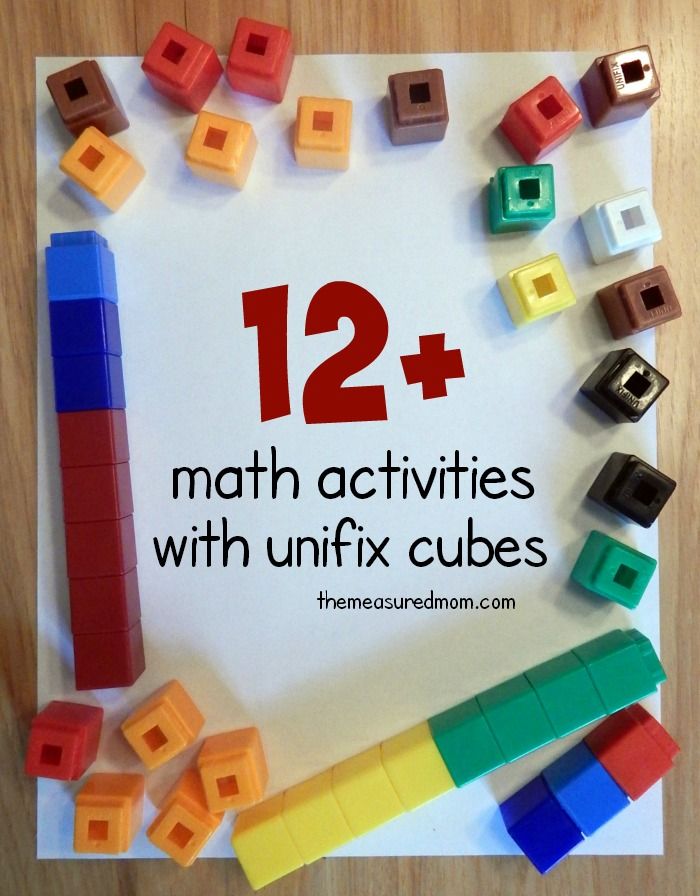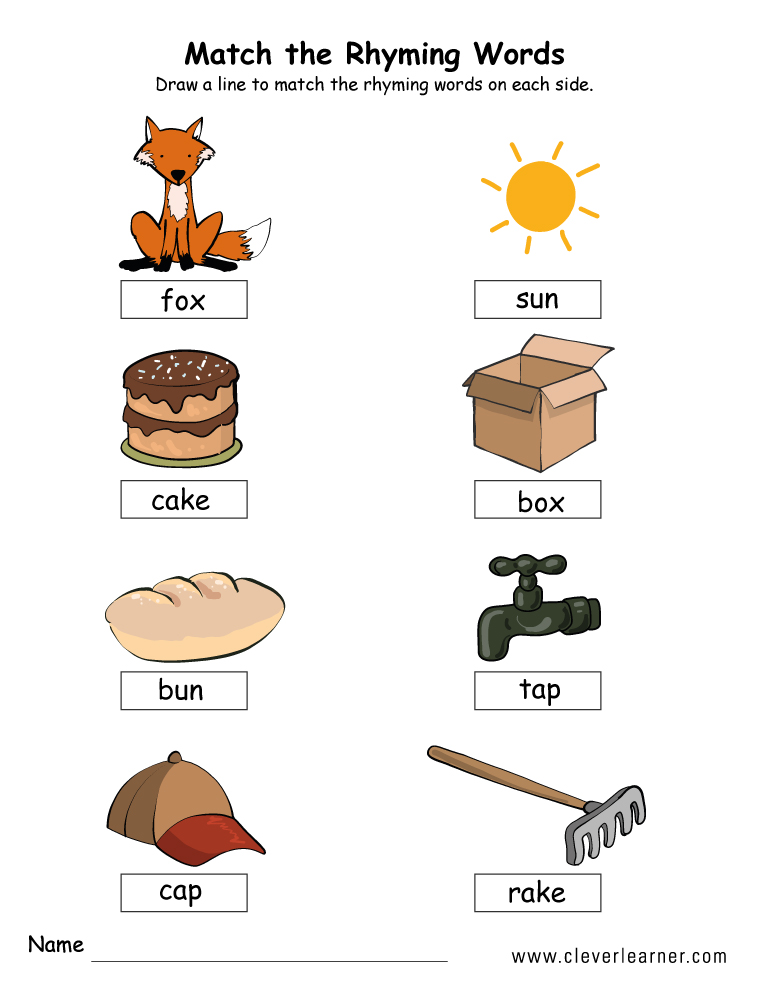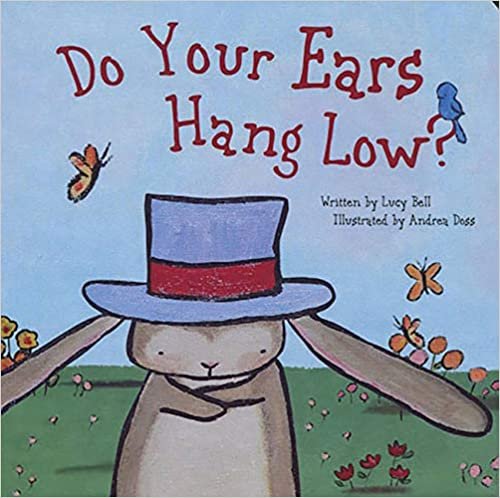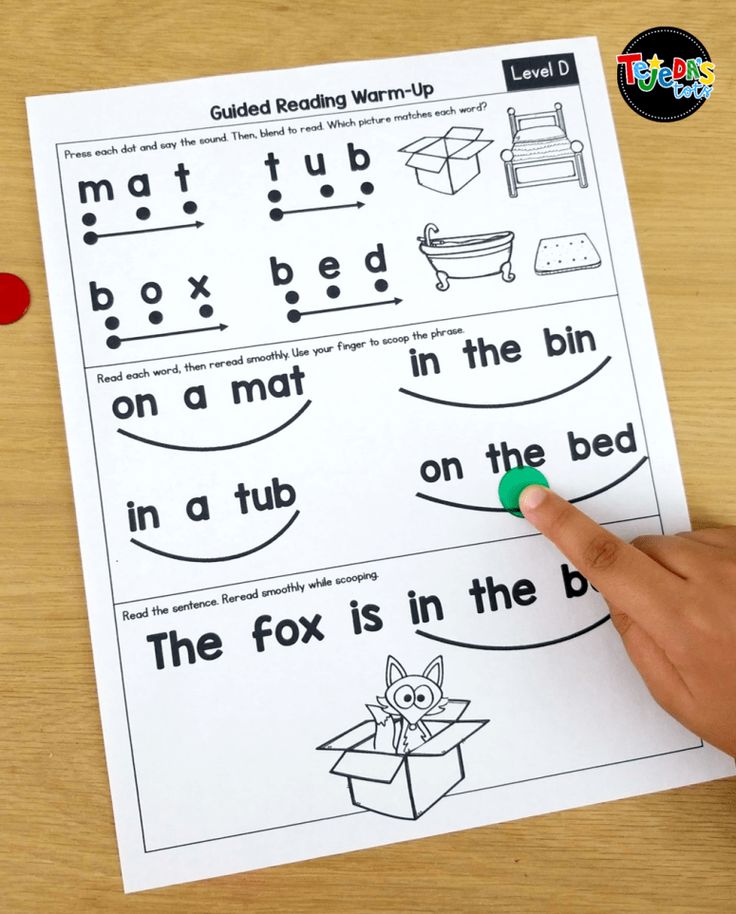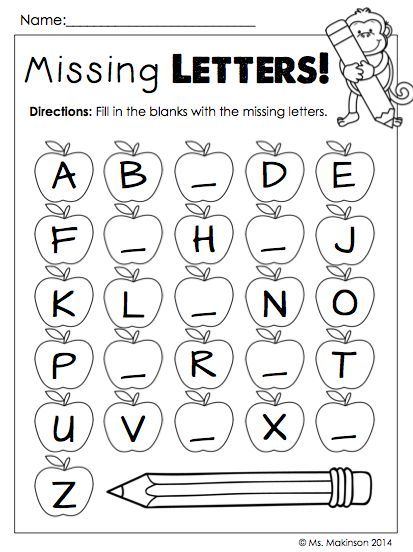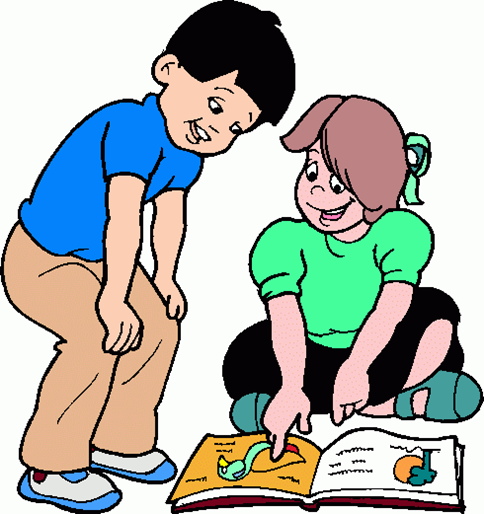Origin of goldilocks
The Three Bears Before Goldilocks: The History of a Fairy Tale
The story of the Three Bears is a familiar one. A troublesome interloper breaks into the home of three bears. She samples food and breaks furniture before being sent on her way. But, did you know that the housebreaker was originally an old woman, not a little girl named Goldilocks? Or, that the first Three Bears were friends instead of Mama Bear, Papa Bear and Baby Bear?
The Three Bears started as an oral tale and was first written down almost 200 years ago. Over the decades, the story has changed and grown into the tale we know today. Our Osborne Collection of Early Children's Books has materials which reveal the history of The Three Bears story.
Eleanor Mure’s manuscript
Eleanor Mure wrote the first recorded version of The Three Bears story in 1831. Osborne Collection has Mure’s original manuscript, a handmade book created as a gift for her nephew Horace Broke. The story is set at Cecil Lodge, the Mure family estate in Hertfordshire, England.
Mure's The Story of Three Bears (1831) (see digitized book or records for our physical copies) is told in verse and illustrated with original watercolours.
The Three Bears discover their milk has been drunk in The Story of the Three Bears (1831).
Described as “the celebrated nursery tale,” the story was shared orally by Mure’s family long before she set it to paper. In Mure’s telling, the Bears are not a family. They are three friends who “fancy a home amongst the dwellings of men.”
The Old Woman is discovered by the Three Bears in The Story of the Three Bears (1831).
Instead of a little girl, the Bears’ house is invaded by an old woman. Mure’s old woman meets a bad end. As punishment for housebreaking, the Bears try to burn and drown the old woman. When nothing works, they “chuck her aloft on St. Paul’s church-yard steeple.”
The Three Bears celebrate after throwing the old woman atop St. Paul's Cathedral in The Story of the Three Bears (1831).
Robert Southey’s published story
In 1837, English poet Robert Southey released the first printed version of The Three Bears. The story appeared in Southey’s prose anthology The Doctor (1834-47). As with Mure's family, The Three Bears was a popular story among Southey’s family. Southey likely heard The Three Bears from his uncle, William Tyler. Tyler was illiterate, but had a great memory for folktales.
The bears' size difference is illustrated through font in Southey's The Three Bears (1837).
Southey’s story is the first version to discuss the Bears’ size. He introduces the Three Bears as Little, Small, Wee Bear; Middle Bear; and Great, Huge Bear. The story has no illustrations, but the Bears’ size is represented by typography. Great, Huge Bear speaks in large gothic letters. Little, Small, Wee Bear speaks in tiny italics.
Unlike Mure’s telling, the Southey’s bears do not punish the intruding old woman. Instead she makes an escape through an open window. Southey speculates that she might be “sent to the House of Correction” for vagrancy, or perhaps “she broke her neck in the fall.”
Southey speculates that she might be “sent to the House of Correction” for vagrancy, or perhaps “she broke her neck in the fall.”
The old woman samples the Bears' porridge. From George Nicol's verse adaptation of The Story of the Three Bears (1837) illustrated by Robert Hart.
Southey’s The Three Bears was an instant hit. Within months publisher George Nicol released his own version of The Story of the Three Bears (1837). Nicol’s story was in verse, but otherwise was a direct retelling of Southey’s version.
A little girl with metallic hair
In early tellings of The Three Bears, the protagonist was an old woman. But, in 1850 Joseph Cundall wrote the first retelling featuring a little girl. Cundall called his character Silver-Hair and justified the switch by saying “there are so many other stories of old women.” Published in A Treasury of Pleasure Books for Young Children (1850), Cundall’s retelling otherwise closely followed Southey’s version of The Three Bears.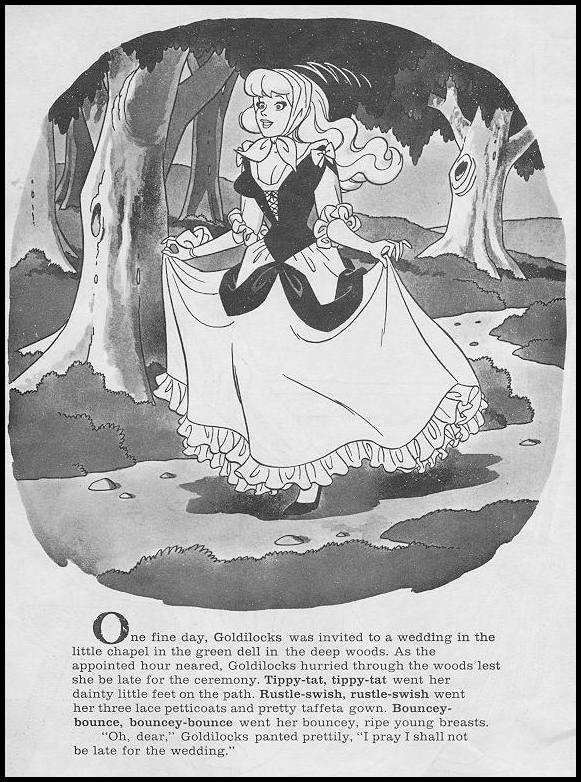
The Three Bears watch Silver-Hair sleep in A Treasury of Pleasure Books for Young Children (1850).
Following Cundall’s publication, little girl protagonists named Silver-Hair became a common feature of The Three Bears retellings. The character was sometimes called Silver-Locks, Golden Hair and other variant names.
Goldilocks popularized
The name Goldilocks was first used for the Bears' nemesis in two 1904 fairy tale anthologies. Old Nursery Rhymes and Stories (1904) and Old Fairy Tales for Children (1904) both feature "Little Goldilocks" as The Three Bears' intruder. It is possible that the name Goldilocks was inspired by an entirely different fairy tale. French fairy tale writer Madame d'Aulnoy's story The Beauty with Golden Hair is sometimes translated as The Story of Pretty Goldilocks.
The Three Bears confront Goldilocks in English Fairy Tales (1918).
In the 20th century, Goldilocks became the character's standard name. Popular fairy tale collections like Flora Annie Steel's English Fairy Tales (1918) used the Goldilocks name. Now the story is sometimes simply titled Goldilocks without any mention of The Three Bears.
Popular fairy tale collections like Flora Annie Steel's English Fairy Tales (1918) used the Goldilocks name. Now the story is sometimes simply titled Goldilocks without any mention of The Three Bears.
Modern variations
The Three Bears continues to be reimagined by writers and illustrators. The Bears have been portrayed as dinosaurs, panda bears, polar bears, rhinos and everything in between.
Goldilocks and the Three Bears: A Tale Moderne (2000) by Steven Guarnaccia combines the classic fairy tale with modernist art and design. In this version, Goldilocks breaks a "pint-sized" mid-century modern chair.
The Ghanaian Goldilocks (2014) by Tamara Pizzoli features Kofi, a little boy nicknamed Goldilocks. Instead of intruding on bears, he sneaks into the house of family friends. Pizzoli's version focuses on the story's moral message about good manners, while also exploring Ghanaian culture and traditions.
#Goldilocks: A Hashtag Cautionary Tale (2019) by Jeanne Willis and Tony Ross uses the story to teach internet safety.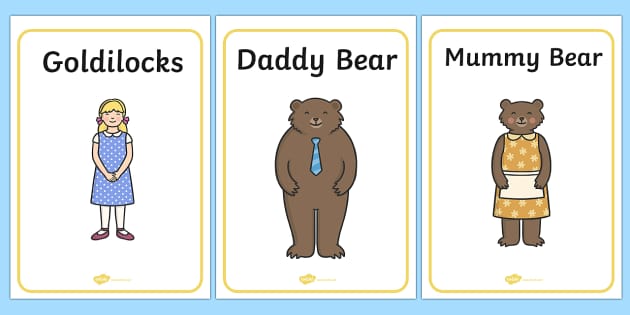 Their Goldilocks is an online video star. Her quest for views and likes goes too far when she sneaks into the Bears' home for video content.
Their Goldilocks is an online video star. Her quest for views and likes goes too far when she sneaks into the Bears' home for video content.
Further reading
- The Story of the Three Bears: The Evolution of an International Classic edited by Warren U. Ober (only available to read in-person at the Osborne Collection and Toronto Reference Library)
- The Classic Fairy Tales by Iona and Peter Opie
- The Annotated Classic Fairy Tales edited by Maria Tatar
She Doesn’t Always Get Away: Goldilocks and the Three Bears
It’s such a kind, cuddly story—three cute bears with a rather alarming obsession with porridge and taking long healthy walks in the woods (really, bears, is this any example to set to small children), one small golden haired girl who is just hungry and tired and doesn’t want porridge that burns her mouth—a perfectly understandable feeling, really.
Or at least, it’s a kind cuddly story now.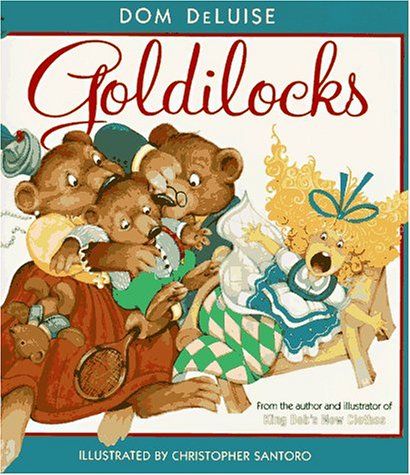
In the earliest written version, the bears set Goldilocks on fire.
That version was written down in 1831 by Eleanor Mure, someone we know little of besides the name. The granddaughter of a baron and daughter of a barrister, she was apparently born around 1799, never married, was at some point taught how to use watercolors, and died in 1886. And that’s about it. We can, however, guess that she was fond of fairy tales and bears—and very fond of a young nephew, Horace Broke. Fond enough to write a poem about the Three Bears and inscribe it in his very own handcrafted book for his fourth birthday in 1831.
It must have taken her at least a few weeks if not more to put the book together, both to compose the poem and paint the watercolor illustrations of the three bears and St. Paul’s Cathedral, stunningly free of any surrounding buildings. In her version, all animals can talk. Three bears (in Mure’s watercolors, all about the same size, although the text claims that the third bear is “little”) take advantage of this speaking ability to buy a nice house in the neighborhood, already furnished.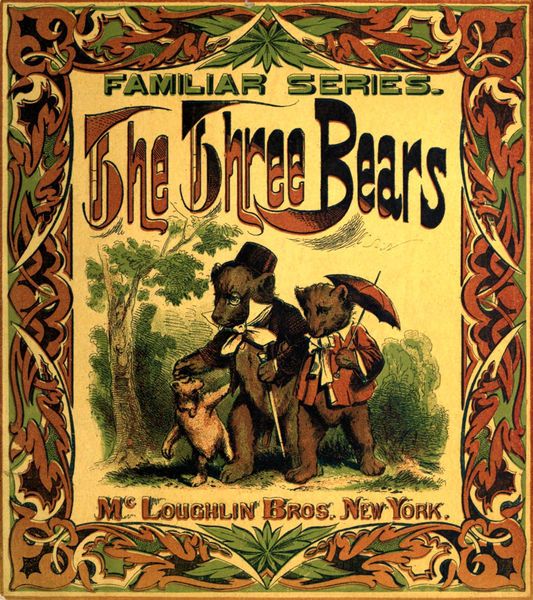
Almost immediately, they run into social trouble when they decide not to receive one of their neighbors, an old lady. Her immediate response is straight from Jane Austen and other books of manners and social interactions: she calls the bears “impertinent” and to ask exactly how they can justify giving themselves airs. Her next response, however, is not exactly something that Jane Austen would applaud: after getting told to go away, she decides to walk into the house and explore it—an exploration that includes drinking out of their three cups of milk, trying their three chairs (and breaking one) and trying out their three beds (breaking one of those as well). The infuriated bears, after finding the milk, the chairs and the beds, decide to take their revenge—first throwing her into a fire and then into water, before finally throwing her on top of the steeple of St. Paul’s Cathedral and leaving her there.
The poetry is more than a bit rough, as is the language—I have a bit of difficulty thinking that anyone even in 1831 would casually drop “Adzooks!” into a sentence, although I suppose if you’re going to use “Adzooks” at all (and Microsoft Word’s spell checker, for one, would prefer that you didn’t) it might as well be in a poem about bears.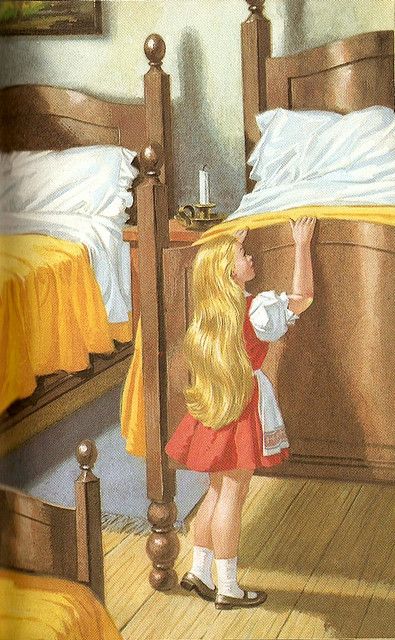 Her nephew, at least, treasured the book enough to keep it until his death in 1909, when it was purchased, along with the rest of his library, by librarian Edgar Osborne, who in turn donated the collection to the Toronto Public Library in 1949, which publicized the find in 1951, and in 2010, very kindly published a pdf facsimile online which allows all of us to see Mure’s little watercolors with the three bears.
Her nephew, at least, treasured the book enough to keep it until his death in 1909, when it was purchased, along with the rest of his library, by librarian Edgar Osborne, who in turn donated the collection to the Toronto Public Library in 1949, which publicized the find in 1951, and in 2010, very kindly published a pdf facsimile online which allows all of us to see Mure’s little watercolors with the three bears.
Mure’s poem, however, apparently failed to circulate outside of her immediate family, or perhaps even her nephew, possibly because of the “Adzooks!” It was left to poet Robert Southey to popularize the story in print form, in his 1837 collection of writings, The Doctor.
Southey is probably best known these days as a friend of Samuel Taylor Coleridge (the two men married two sisters). In his own time, Southey was initially considered a radical—though he was also the same radical who kindly advised Charlotte Bronte that “Literature is not the business of a woman’s life.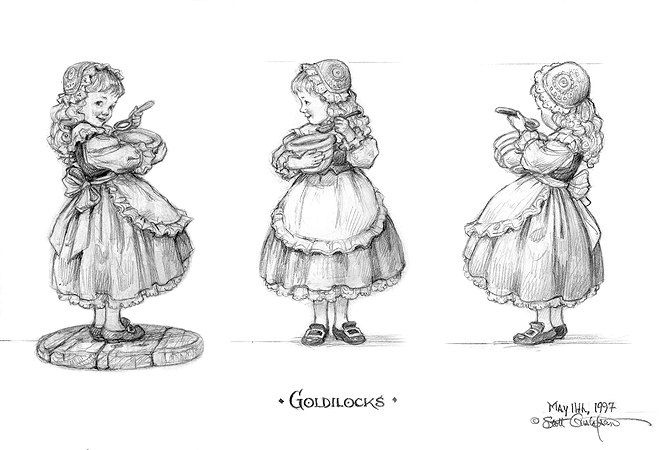 ” To be somewhat fair, Southey may have been thinking of his own career: he, too, lacked the funds to focus completely on poetry, needing to support himself through nonfiction work after nonfiction work. Eventually, he accepted a government pension, accepting that he did not have a large enough estate or writing income to live on. He also moved away from his earlier radicalism—and some of this friends—though he continued to protest living conditions in various slums and the growing use of child labor in the earlier part of the 19th century.
” To be somewhat fair, Southey may have been thinking of his own career: he, too, lacked the funds to focus completely on poetry, needing to support himself through nonfiction work after nonfiction work. Eventually, he accepted a government pension, accepting that he did not have a large enough estate or writing income to live on. He also moved away from his earlier radicalism—and some of this friends—though he continued to protest living conditions in various slums and the growing use of child labor in the earlier part of the 19th century.
His prose version of “The Three Bears” was published after he had accepted that government pension and joined the Tory Party. In his version, the bears live not in a lovely, furnished country mansion, but in a house in the woods—more or less where bears might be expected to be found. After finding that their porridge is too hot, they head out for a nice walk in the woods. At this point, an old woman finds their house, heads in, and starts helping herself to the porridge, chairs and the beds.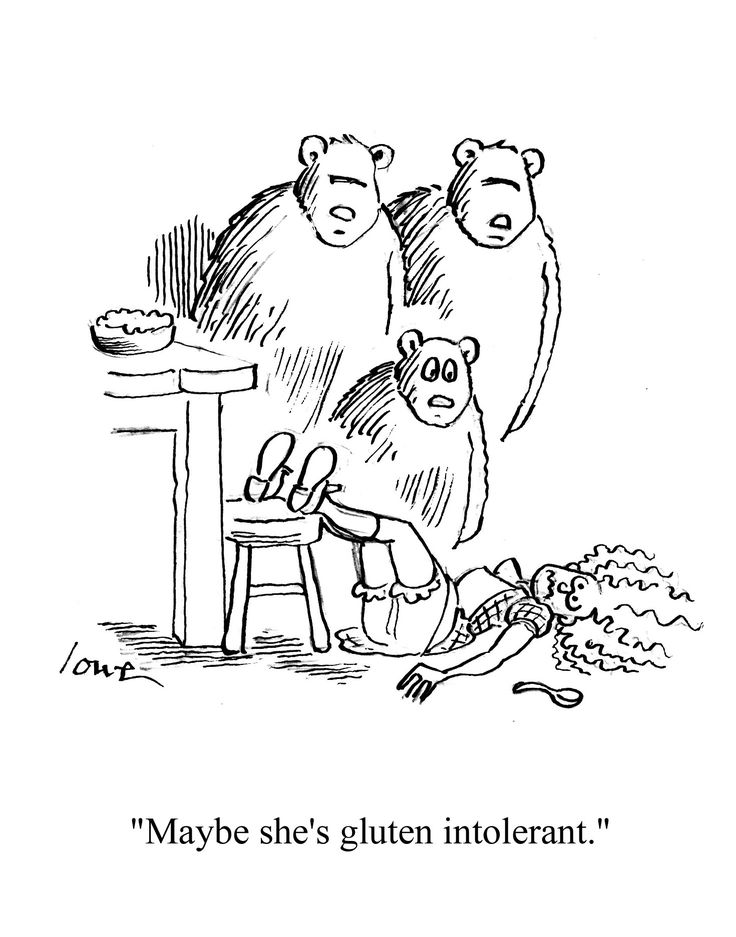
It’s a longer, more elaborate version than either Mure’s poem or the many picture books that followed him, thanks to the many details Southey included about the chair cushions and the old lady—bits left out of most current versions. What did endure was something that doesn’t appear in Mure’s version: the ongoing repetition of “SOMEBODY’S BEEN EATING MY PORRIDGE,” and “SOMEBODY’S BEEN SITTING IN MY CHAIR.” Whether Southey’s original invention, or something taken from the earlier oral version that inspired both Mure and Southey, those repetitive sentences—perfect for reciting in different silly voices—endured.
Southey’s bears are just a little bit less civilized than Mure’s bears—in Southey’s words, “a little rough or so,” since they are bears. As his old woman: described as an impudent, bad old woman, she uses rough language (Southey, knowing the story would be read to or by children, does not elaborate) and doesn’t even try to get an invitation first. But both stories can be read as reactions to changing social conditions in England and France. Mure presents her story as a clash between established residents and new renters who—understandably—demand to be treated with the same respect as the older, established residents, in a mirror of the many cases of new merchant money investing in or renting older, established homes. Southey shows his growing fears of unemployed, desperate strangers breaking into quiet homes, searching for food and a place to rest. His story ends with the suggestion that the old woman either died alone in the woods, or ended up getting arrested for vagrancy.
Mure presents her story as a clash between established residents and new renters who—understandably—demand to be treated with the same respect as the older, established residents, in a mirror of the many cases of new merchant money investing in or renting older, established homes. Southey shows his growing fears of unemployed, desperate strangers breaking into quiet homes, searching for food and a place to rest. His story ends with the suggestion that the old woman either died alone in the woods, or ended up getting arrested for vagrancy.
Southey’s story was later turned into verse by a certain G.N. (credited as George Nicol in some sources) on the basis that, as he said:
But fearing in your book it might
Escape some little people’s sight
I did not that one should lose
What will them all so much amuse,
As you might be gathering from this little excerpt, the verse was not particularly profound, or good; the book, based on the version digitized by Google, also contained numerous printing errors.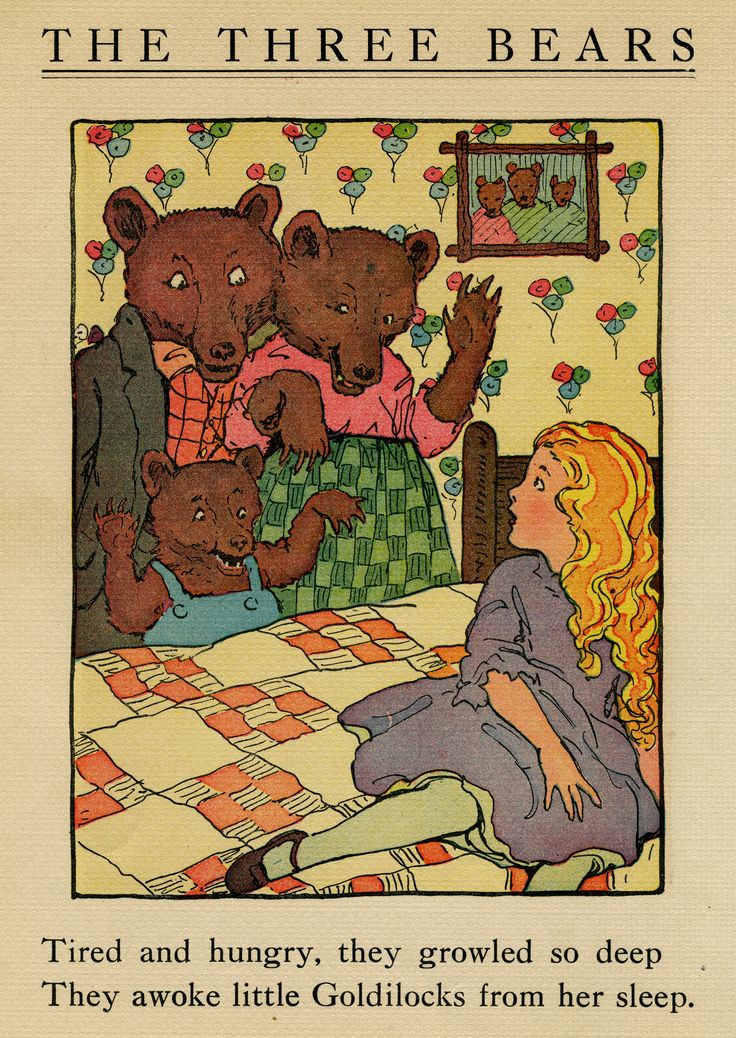 (The digitized Google version does preserve the changes in font size used for the bears’ dialogue.) The illustrations, however, including an early one showing the bears happily smoking and wearing delightful little reading glasses, were wonderful—despite the suggestion that the Three Bears were not exactly great at housekeeping. (Well, to be fair, they were bears.)
(The digitized Google version does preserve the changes in font size used for the bears’ dialogue.) The illustrations, however, including an early one showing the bears happily smoking and wearing delightful little reading glasses, were wonderful—despite the suggestion that the Three Bears were not exactly great at housekeeping. (Well, to be fair, they were bears.)
To be fair, some of the poetic issues stem from Victorian reticence:
Somebody in my chair has been!”
The middle Bear exclaim’d;
Seeing the cushion dented in
By what may not be named.
(Later Victorians, I should note, thought even this—and the verse that follows, which, I should warn you, suggests the human bottom – was far too much, ordering writers to delete Southey’s similar reference and anything that so much as implied a reference to that part of the human or bear anatomy. Even these days, the exact method that Goldilocks uses to dent the chair and later break the little bear’s chair are left discreetly unmentioned. )
)
Others stem from a seeming lack of vocabulary:
She burn’d her mouth, at which half mad
she said a naughty word;
a naughty word it was and bad
As ever could be heard.
Joseph Cundall, for one, was unimpressed, deciding to return to Southey’s prose version of the tale for his 1849 collection, Treasury of Pleasure Books for Young Children. Cundall did, however, make one critical and lasting change to the tale: he changed Southey’s intruder from an elderly lady to a young girl called Silver-Hair. Cundall felt that fairy tales had enough old women, and not enough young girls; his introduction also suggests that he may have heard another oral version of the tale where the protagonist was named Silver Hair. Shortly after publishing this version, Cundall went bankrupt, and abandoned both children’s literature and printing for the more lucrative (for him) profession of photography.
The bankruptcy did not prevent other Victorian children’s writers from seizing his idea and using it in their own versions of the Three Bears, making other alterations along the way.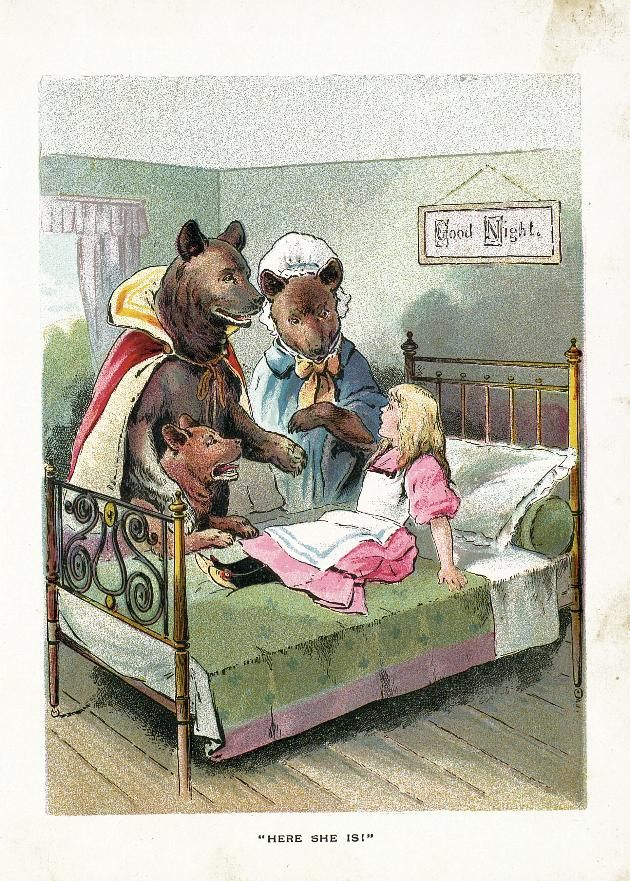 Slowly, the bears turned into a Bear Family, with a Papa, Mama and Baby Bear (in the Mure, Southey, G.N. and Cundall versions, the bears are all male). The intruder changed names from Silver Hair to Golden Hair to Silver Locks to, eventually, Goldilocks. But in all of these versions, she remained a girl, often a very young one indeed, and in some cases, even turned into the tired, hungry protagonist of the tale—a girl in danger of getting eaten by bears.
Slowly, the bears turned into a Bear Family, with a Papa, Mama and Baby Bear (in the Mure, Southey, G.N. and Cundall versions, the bears are all male). The intruder changed names from Silver Hair to Golden Hair to Silver Locks to, eventually, Goldilocks. But in all of these versions, she remained a girl, often a very young one indeed, and in some cases, even turned into the tired, hungry protagonist of the tale—a girl in danger of getting eaten by bears.
I suspect, however, that like me, many small children felt more sympathy for the small bear. I mean, the girl ate his ENTIRE BREAKFAST AND BROKE HIS CHAIR. As a small child with a younger brother who was known for occasionally CHEWING MY TOYS, I completely understood Baby Bear’s howls of outrage here. I’m just saying.
The story was popular enough to spawn multiple picture books throughout the nineteenth and twentieth centuries, which in turn led to some authors taking a rather hard look at Goldilocks. (Like me, many of these authors were inclined to be on the side of Baby Bear. ) Many of the versions took elaborate liberties with the story—as in my personal recent favorite, Goldilocks and the Three Dinosaurs, by Mo Willems, recommended to me by an excited four year old. Not only does it change the traditional porridge to chocolate pudding, which frankly makes far more sense for breakfast, it also, as the title might have warned, has dinosaurs, though I should warn my adult readers that alas, no, the dinosaurs do not eat Goldilocks, which may be a disappointment to many.
) Many of the versions took elaborate liberties with the story—as in my personal recent favorite, Goldilocks and the Three Dinosaurs, by Mo Willems, recommended to me by an excited four year old. Not only does it change the traditional porridge to chocolate pudding, which frankly makes far more sense for breakfast, it also, as the title might have warned, has dinosaurs, though I should warn my adult readers that alas, no, the dinosaurs do not eat Goldilocks, which may be a disappointment to many.
For the most part, the illustrations in the picture books range from adequate to marvelous—a far step above the amateur watercolors so carefully created by Mure in 1837. But the story survived, I think, not because of the illustrations, but because when properly told by a teller who is willing to do different voices for all three bears, it’s not just exciting but HILARIOUS, especially when you are three. It was the start, for me, of a small obsession with bears.
But I must admit, as comforting as it is on some level to know that in most versions, Goldilocks does get safely away (after all, in the privacy of this post, I must admit that my brother was not the only child who broke things in our house, and it’s kinda nice to know that breaking a chair won’t immediately lead to getting eaten by bears) it’s equally comforting to know that in at least one earlier version, she didn’t.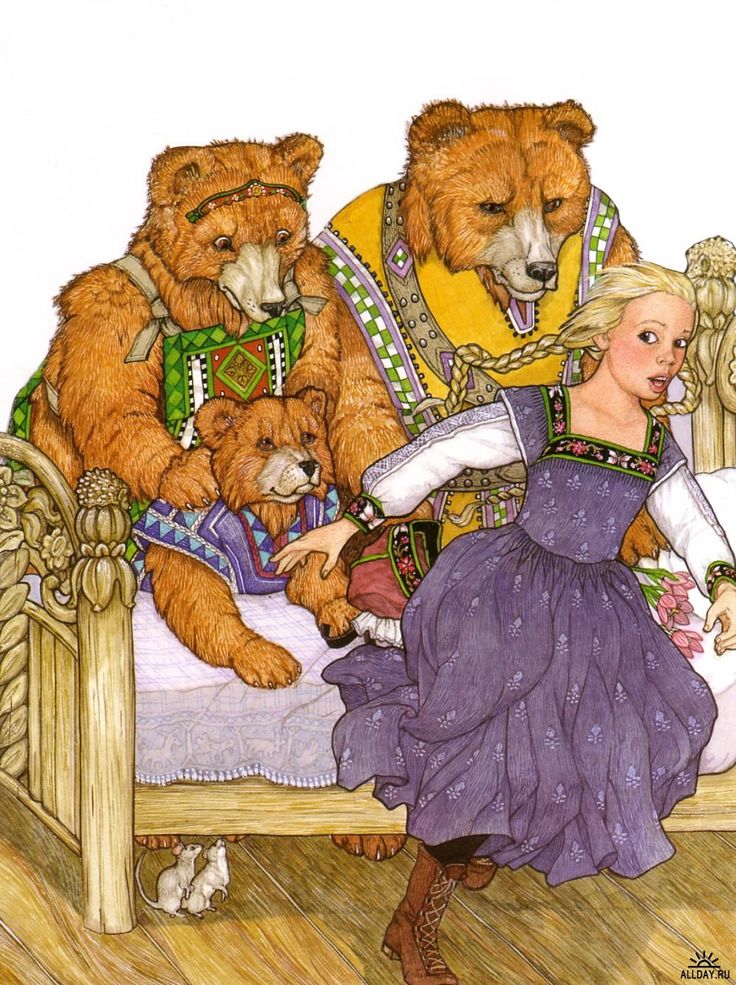
Mari Ness lives in central Florida.
citation
"Goldilocks" - the meaning of the name, the origin of the name, zodiac sign, talisman stones
"Goldilocks" - The meaning and origin of the name
It is very important that the meaning of the name Goldilocks given at birth corresponds to the energy influence of the date of birth.
If the name Goldilocks is given without taking into account the date of birth, then it can concentrate negative tension, leading to the development of internal imbalance. And, on the contrary: a correctly chosen name helps a person achieve success in life. That is why it is important to know what the name Goldilocks is, whose name is, what the name Goldilocks means and what is its historical origin. nine0006
Goldilocks (Female) Female name Women's names beginning with Z
Meaning of the name Goldilocks: with golden hair
Origin of the name Goldilocks: Slavic
Slavic names
character.
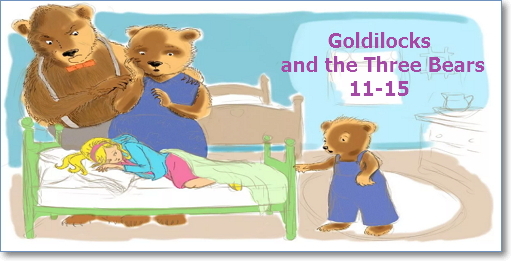 Both the origin of the name Goldilocks and each individual letter, its interpretation and significance, have a strong influence.
Both the origin of the name Goldilocks and each individual letter, its interpretation and significance, have a strong influence. - Z - material dissatisfaction, high intuition. nine0025
- L - artistry, pettiness, logic, great ingenuity.
- A - strength, power, comfort.
- T - search for the ideal, sensitive creative personality.
- O - great emotionality, mysterious unrest.
- B - inconstancy, lack of systematic, unity with nature.
- L - artistry, pettiness, logic, great ingenuity.
- A - strength, power, comfort.
- C - common sense, oppression, dominance, capriciousness. nine0025
- K - endurance, nervousness, insight.
- A - strength, power, comfort.
Thus, the meaning of the name Goldilocks is such that the first letter of speaks of a task that is important for a person to solve during his life. The last letter indicates a weak point that must be protected and protected.
![]()
Compatibility with the name Goldilocks
0006
2. Name compatibility can be determined not only by the patron planet. You can find out the characteristics of partners, determine the duration of the relationship and find out if you will be happy in Marriage using this form:
Goldilocks Name Numerology
The most important numbers for a person are those that are encrypted in his name, the so-called lucky numbers.
Numerologists say that the numerical value of the name Goldilocks brings good luck and happiness to the wearer, helps to improve their financial condition, reduce the number of failures and disappointments. nine0006
Goldilocks lucky numbers: 9, 18, 27, 34, 45, 54, 63, 72, 81, 90, 99, 108, 117
Lucky days of the month: 9, 18, 27
at the time of decision making.
Name Number: 9
Nature has generously endowed you - you have a natural inclination to leadership.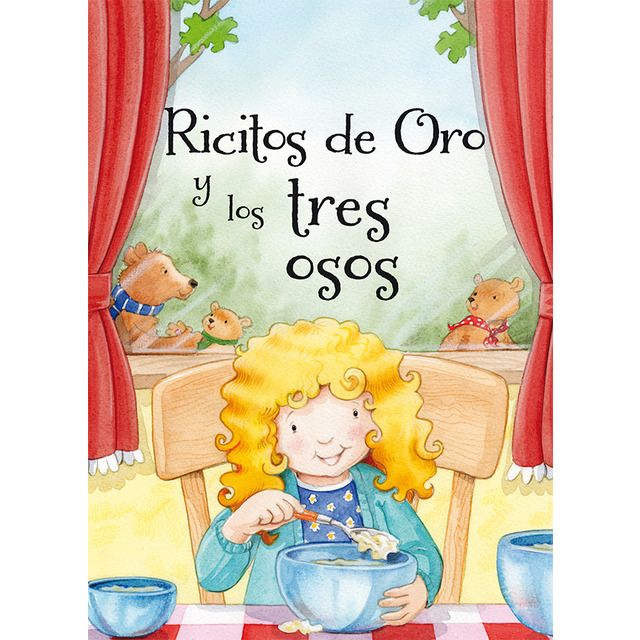 But this requires special responsibility. Try to avoid arrogance, selfishness and excessive assertiveness - the people around you also have a lot of abilities. Beware - you can easily lose the respect of colleagues, which you work so hard to achieve. nine0006
But this requires special responsibility. Try to avoid arrogance, selfishness and excessive assertiveness - the people around you also have a lot of abilities. Beware - you can easily lose the respect of colleagues, which you work so hard to achieve. nine0006
Heart number: 1
A born leader, does not retreat from obstacles, solves all problems as they come, takes the goal with force. The difficulties of these people are not at all frightening, on the contrary, with great pleasure they will overcome them and achieve their goal. Such a person is ambitious, does not give in to other people's influence and does not want to be like anyone, fearless and persistent. Well developed physically.
A huge supply of vitality is spent correctly and skillfully. Ready to make decisions for himself and for others. Often they become businessmen, top managers, directors. nine0005 Personality number: 8 Strong, powerful personality. In society, he occupies a high position, absolute authority, leader.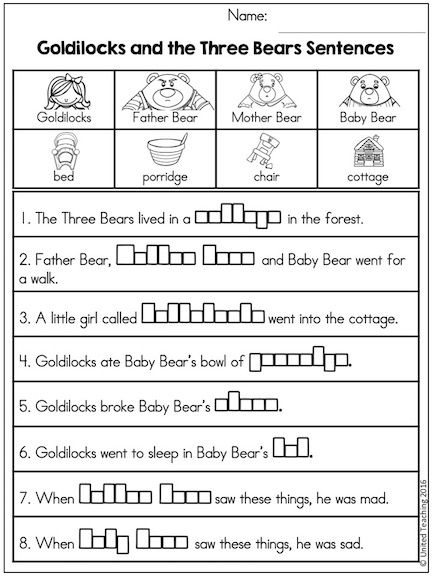 Able to respond to situations quickly, analytical mind.
Able to respond to situations quickly, analytical mind.
Goldilocks talismans
Man has an inextricable connection with the natural world. Our ancestors believed in this connection, and it continues to invisibly persist today. So, Goldilocks talismans help to save energy, protect from troubles, give strength at decisive moments. nine0006
Totem endows its owner with specific qualities, helps to reveal previously unknown talents and energy abilities.
It is no coincidence that Goldilocks totems and talismans are so in demand in the modern world: they make their owner stronger.
Lucky color: Golden
Usually this color of the name corresponds to the masculine principle, therefore the fair sex, bearing the golden name, have the qualities of men - stubborn, tough, purposeful and uncompromising. These people trust few people, picky and unrestrained. nine0006
They are masters both at home and at work. They are always the heads of the family, who will not tolerate objections, like to command and manage money. They are not liked in the team, since these people often build their work in such a way that everyone owes them, but they themselves will never offer their help.
They are always the heads of the family, who will not tolerate objections, like to command and manage money. They are not liked in the team, since these people often build their work in such a way that everyone owes them, but they themselves will never offer their help.
Lucky season: Winter
Lucky days of the week: Monday, Thursday and Friday
Unlucky days of the week: Wednesday
Talisman plant: Plantain , Sapphire, Amethyst, Pearl, Jet, Moonstone, Opal
Totem animal: Wolf
Tree: Ash
Astrology named after Goldilocks
There is a very close relationship between the ruler of the name form and the planet. Therefore, knowing the astrological influence is no less important than the origin of the name Goldilocks, totems and talismans Goldilocks, nationality Goldilocks, etc.
Element name: Water
You need to solve problems related to the element of water. It is necessary to learn the secret and intimate, develop intuition, take care of the house, family.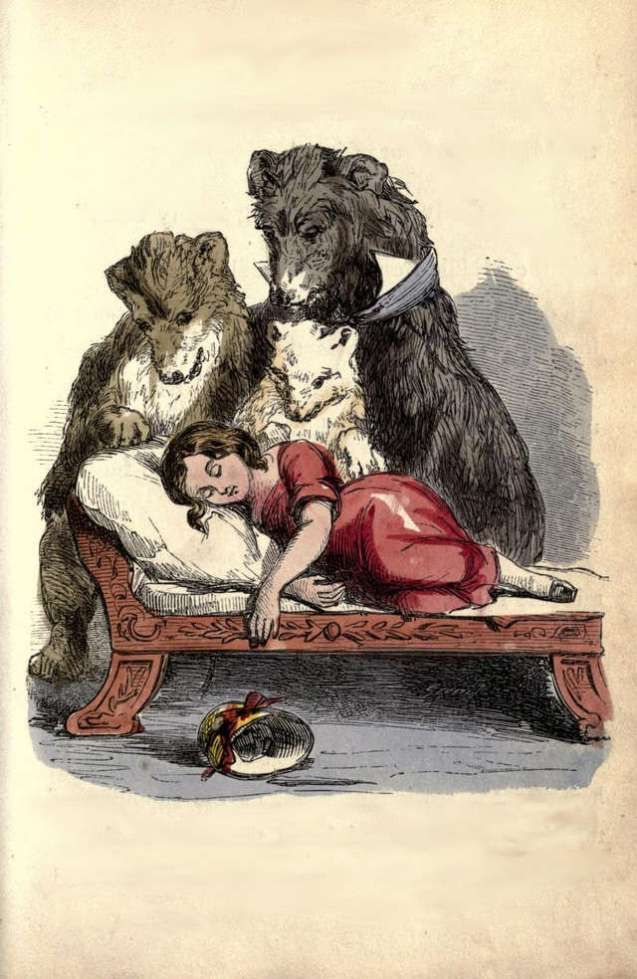 nine0006
nine0006
Astrological color of the name: Violet
Cardinal direction: North
Astrological stone: Opal, Pearl, Chrysolite, Diamond
Personifying animal: Beaver, Elephant, Eagle
The origin of the name Goldilocks is that Jupiter is the ruling planet. This planet gives the bearer of the name a number of advantages and disadvantages.
Benefits that the name Goldilocks receives from Neptune and Jupiter:
Tenderness, compassion, optimism, generosity
Disadvantages that Neptune and Jupiter Name Zlatovlask are given:
Doubleness, lack of will, impracticality, anxiety, melancholy
Planetary number and value of the name Zlatovlask
readers of the site aznaetelivy.ru, it will be interesting find out what the name Goldilocks is in terms of planetary numbers. The meaning of the name Goldilocks and the origin of the name Goldilocks indicates
Planetary number: 9
Governs this name: Neptune
Nine is the most mysterious number that combines diametrically opposite characteristics. On the one hand, this is the number of struggle, like a three squared, and on the other hand, this is the number of purification and transformation, as compensation for the battle won. Nine is the final number in the names Alexander, Vsevolod, Irina, Veronica, Vasilina, etc. The key planet of these names is Neptune, which sets the task of overcoming all doubts, illusions and winning the battle for one's own soul. nine0006
On the one hand, this is the number of struggle, like a three squared, and on the other hand, this is the number of purification and transformation, as compensation for the battle won. Nine is the final number in the names Alexander, Vsevolod, Irina, Veronica, Vasilina, etc. The key planet of these names is Neptune, which sets the task of overcoming all doubts, illusions and winning the battle for one's own soul. nine0006
Zodiac and Sacred number of the name Goldilocks
Zodiac number: 12
What corresponds to the zodiac sign: Pisces
These names are associated with the mysteries of mercy, spirituality, the search for beauty and ideal love. They create a field of secrets, mysteries, love and harmony around a person.
The sacred number that determines the meaning of the name Goldilocks is
Sacred number: 12
What corresponds to the zodiac sign: Pisces
These names are associated with the mysteries of mercy, spirituality, the search for beauty and ideal love. They create a field of secrets, mysteries, love and harmony around a person. nine0006
They create a field of secrets, mysteries, love and harmony around a person. nine0006
The editors of the site aznaetelivy.ru tried to collect the most complete information that describes the origin of the name Goldilocks, whose name, what does the name Goldilocks mean, the name of what nationality is Goldilocks, Goldilocks talismans ... Use this information correctly and you will definitely feel everything hidden in him energy.
About the name Goldilocks: Meaning, origin on aznaetelivy.ru
The name Goldilocks is not just a set of letters or a graph in a birth certificate, but, without exaggeration, an energy message to the future. Knowing what the name Goldilocks means, the meaning of the name Goldilocks, the origin of the name Goldilocks, what the nationality of the name Goldilocks is, one can most accurately characterize the character, predilections, tastes, and even predetermine the fate of a person. In particular, it is not so much the meaning of the name Goldilocks or the origin of the name Goldilocks that has a strong impact on a person, but its symbolism, patron planet, Goldilocks talismans, planetary number, etc. In any case, the name Goldilocks carries a deep emotional and psychological color, which in turn defines its bearer as a separate, unique personality. nine0006
In any case, the name Goldilocks carries a deep emotional and psychological color, which in turn defines its bearer as a separate, unique personality. nine0006
So what is the name Goldilocks, what is the origin of the name Goldilocks, the meaning of the name Goldilocks? The most complete information about him is the meaning of the name Goldilocks , whose name, lucky numbers, planet, astrological stone, the origin of the name Goldilocks, personifying the animal, zodiac and sacred number, Goldilocks talismans, lucky days of the week and season, lucky color - is collected on website aznaetelivy.ru. We tried to characterize the meaning of the name Goldilocks in as much detail as possible so that after reading this description you would have no questions left. Read and find out what kind of name is hidden, it would seem, in a simple combination of letters and sounds, in fact. nine0006
It is important to know what nationality the name Goldilocks has (Goldilocks is the name of what nationality), because it is through the name that a person realizes himself, and any of his advantages and disadvantages are inevitably reflected in part of his own "I".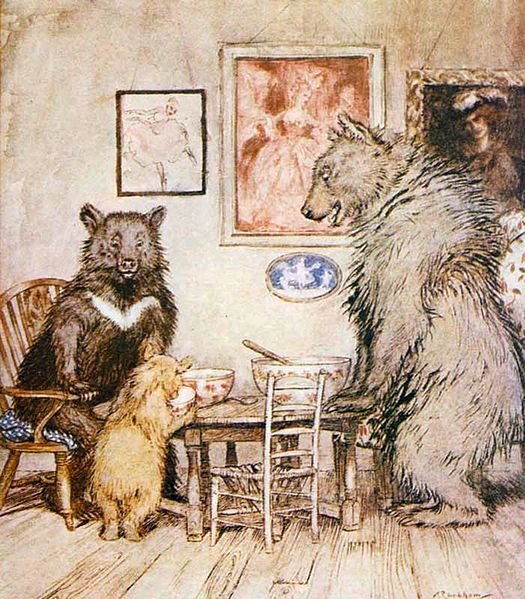 At the same time, each nation has a certain list of names that have become traditional. Knowing facts such as the origin of the name Goldilocks , whose name is Goldilocks, even before naming a child, helps to influence the fate of the baby, taking into account national traditions. nine0006
At the same time, each nation has a certain list of names that have become traditional. Knowing facts such as the origin of the name Goldilocks , whose name is Goldilocks, even before naming a child, helps to influence the fate of the baby, taking into account national traditions. nine0006
The secret of the name Goldilocks - character, meaning and fate, origin and history
The secret of the name Goldilocks, the nature of her personality, the secrets of the meaning of the name. The strengths of her personality are kindness, goodwill and self-criticism. Also of strengths are sociability and respect. Her name color is Turquoise, her material is Ruby, and her number is Six. Among the totem plants of this name, one can find symbols such as Sequoia and Laurel. Let's study and analyze the name Goldilocks in more detail, what secrets it contains. nine0006
For a complete and extensive answer about the secrets of the name of Goldilocks, we have formed a structured article. Here are the results of the analysis of the characteristics of the character and personality of the bearers of the name. Additionally, numerological, astrological and esoteric aspects of the issue were investigated. The most important items, for your convenience, are divided into separate categories.
Origin and history, the meaning of the name Goldilocks
The history of the name Goldilocks is much more ancient than it seems, and many do not even know about the true origin of the name. Representatives of this name can be found on all continents of the globe. Historians and researchers agree that references to it can be found in the mythology of various ancient peoples and cultures. There is also evidence of the existence of roots and components in the ancient period. All this allows us to conclude that the origin of this name is plural. nine0006
Forms and cases, declensions of the name Goldilocks
The rules for forming cases depend on the relationship of the name and its origin. Names of Russian origin have many spelling differences with names of foreign origin. Further in the text is a table that contains all the variants of the cases of the name Goldilocks.
| Nominative | Goldilocks |
| Genitive | Goldilocks |
Goldilocks' unusual personality is filled with such traits as kindness, benevolence and self-criticism. Also, others notice sociability and respect. This combination of character traits is quite rare and highly controversial. However, not all of them are visible to the naked eye. Sometimes it takes time for the manifestation and implementation of some hidden character traits.
Numerology - the number of the name Goldilocks
Numerological analysis is considered superficial, but at the same time it is quite complicated. Building a numerological analysis on the basis of just a name is a rather difficult process. We have made efforts and achieved certain results on the example of the name of Goldilocks. Based on the results, a sketch of the image and character of the personality, a feature of his type, was recreated. nine0006
The number "6" has a lot of negative associations due to its cultural influence from many religions. But in the secret and meaning of the name "six" is a number with a completely different meaning. It symbolizes the versatility of the character of Goldilocks, the presence of versatile traits and sets of qualities. If you see a person in front of you, whose character is rather difficult in one word and briefly describe - most likely, you have a person in front of you, whose secret is combined with the number "6".
Nominal plants and animals Goldilocks
Analysis of the totemic flora and fauna of Goldilocks is a key aspect of understanding the inner essence of the soul. Totem symbols of plants reflect a person's view of his own "I", attitude towards himself. And totem pets and animals show subtle moments of his interaction with the environment. A sense of understanding of the sides of the personality is necessary for harmony and a sense of comfort in communication.
The leading plant is Laurel
Laurel is a symbol of sensitivity. Many friends and acquaintances can rely on Goldilocks as a person who does not leave without emotional support, delves into life's difficulties and situations. Understanding other people is a skill that helps her both to be a “home psychologist” for friends and relatives for some time, and to achieve success in life. nine0006
Totem tree - Beech
Beech is a symbol of thoughtfulness, determination. "Measure seven times and cut once" - that's what they say about Goldilocks. This is exactly the personality trait that allows her to achieve success in life. The strategy and planning skills of these people often become a reason for the envy of others.
Spiritual Tree - Sequoia
Sequoia symbolizes wisdom. Making wise decisions requires life experience, slowness, the ability to weigh all the pros and cons. And also - detachment from emotional influence. All this is inherent in Goldilocks equally. nine0006
The leading animal is the Eagle
The eagle is a symbol of wit. This quality allows Goldilocks to gain trust and location in society and groups. And also - to become the soul and desirable person of almost any company.
Totem animal - Dove
The dove is a symbol of prosperity. Goldilocks intuitively feels the ways to achieve life goals, and her ability to make informed decisions allows her to cope with most of life's problems and troubles. nine0006
Spiritual animal - Cat
The cat is a symbol of caring. Caring is the middle name of Goldilocks, her ability to support relatives and friends in moments of hardship and despair is considered the most valuable in the eyes of those around her. It is also important that the ability to give support is also a source of pleasure and satisfaction for her.
The color of the name Goldilocks is Turquoise
Turquoise is the color of fidelity. Goldilocks does not change her life choices, circumstances or people. Never. This is her strong feature, which underlies, is the foundation of her entire life path. nine0006
Goldilocks Stone - Ruby
Ruby - the stone of wisdom. An infrequent quality that can be found in a nominal predisposition. Wisdom helps Goldilocks build a life, career, social connections and seek approval from the environment.
The nature and secret of the name Goldilocks - a brief summary
The character traits that the personality of Goldilocks combines are very unusual, sometimes contradictory. Even those features and manifestations that people consider negative can play a good role in a person's life. We note that analyzes and studies of this kind are a study of the predispositions of the bearer of the name. However, predispositions are not a guarantee of precisely this direction of personality development. And a real portrait of a person is the result of a combination of a person's environment, and his own life experience, decisions made.

